Out of the numerous kinds that exist, a child car seat is somewhat overwhelming. One of the most frequent recommendations for virtually any older child who is too large to utilize harnessed car seats is a high back booster seat. It is safe and comfortable, positioning the seat belt in a proper way, offering some added comfort with it in support during the journey.
Now, let's take a closer look at high back booster seats, considering their features, real-life performance, and some tips that might be helpful to optimize their work.
What Are High Back Booster Seats?
High back booster seats are for kids who outgrow the harnesses but aren't tall enough yet to only use the car seat belt. These seats usually include several features.
Higher Seating Position: It raises the child to be in proper position relative to the seat belt.
Backrest and Headrest: Provides neck, back, and head support
Belt Guides: Positions shoulder belt across the chest, lap belt snugly lies on the hips.
High back booster seats serve children from 15 kg to 36 kg about 4 to 12-year-old based on the weight, but height is usually more accurate. Some countries require booster seats till the child is 135 cm in height but for some other European countries the top bar is 150 cm.
Safety Features for High Back Booster Seats
Some of the safety features of the high back booster seats are innumerable and no doubt work towards strengthening their protective functions.
- High back boosters have to meet stern European standards such as ECE R44/04 or R 129 (i-Size), which promise that the seat can bear up to extreme conditions at the time of crash testing, including on the front and side.
- Most of the booster seats are designed with padded side wings or other sophisticated impact-absorbing materials to protect a child's head, neck, and torso in case of side impacts.
- A well-positioned seatbelt reduces the risk of internal abdominal and neck injuries. Belt guides enable placing the seatbelt on more rigid points on a child's body.
- The ISOFIX installation system further enhances stability for some high back booster seats by attaching the seat directly to the car.
- Other comfort features such as adjustable headrests, reclining options, and padded armrests make them comfortable enough to handle even on long trips. Breathable fabrics are also used to enhance ventilation to keep cool during trips.
Are High Back Booster Seats Safe: Real-Life Scenarios
High back booster seats tend to perform much better in crash testing than backless ones. European studies and crash testing have shown that high back models protect the child from possible injury in side collisions much better.
In ADAC test, it has been found that the high back booster seats outperformed the backless seats in protection of head and torso from a side collision.
Meanwhile, the side impact protection and the right orientation of the belt take into consideration that the children might not be in a completely correct position all through the journey.
Parents have confidence in the high back booster seats provide with them being apparently more durable and possessing greater security.

How to Maximise the Safety of High Back Booster Seats
Though inherently safe, high back booster seats derive their effectiveness from proper usage. Some actionable tips to enhance safety will include the following:
Correct Installation
If available, ISOFIX connectors make its installation immovable during the journey. While in non-ISOFIX models, routes accordingly as instructed by the manufacturer through proper routing of the belt.
Choose the Right Seat
Ensure the model purchased falls under your child's height and weight parameters. For taller children, choose seats with adjustable backrests. Also, the seat must be compatible with your vehicle, particularly in smaller cars.
Regular Checks
Wear parts that have come unattached and frayed belts must be checked. Don't forget to clean up and maintain to avoid deterioration of the seat material.
Comfortable Positioning
Seat belts should fall across the chest and hips, not on the neck or stomach. Meanwhile, parents should teach children to travel upright with their backs to the seat.
You can consider reclining seats since they enable children to comfortably take long journeys.
Moreover, give more attention to providing neck supports or cushions for comfort during naps.
Final Thoughts
High back booster seats serve as a sure way of keeping older kids safe in cars. Their construction provides both comfort and safety. They become a must-have on both short and long trips.
The conclusion is, parents should install them correctly and also ensure regular check-ups are done to ensure maximum efficiency and effectiveness of the seat. If still in doubt, refer to crash test ratings and expert reviews to help one choose the best model that suit one's needs.
Jovikids high back booster seats are great solutions for growing children. With improved safety and comfort, our booster seats are portable and flexible. Their adjustable harness and easy-to-clean fabric offers great convenience for you, making them ideal to keep your lovely little one safe and sound during trips.

FAQ
Are high back booster seats necessary for older children?
Yes, until the child has reached the legal height limit for using an adult seatbelt safely (135 cm in the UK; 150 cm in some European countries).
Are ISOFIX high back boosters safer?
The fitting is more secure since ISOFIX boosters attach to the vehicle itself and therefore move around less during travel.
Do high back boosters fit well in smaller cars or narrow seats?
Yes, many of them are designed with compact dimensions that make them fit for small cars.
Can high back boosters in long-distance travel be comfortable and safe?
Yes. Reclining backrests and cushioned headrests also make a high back booster perfect for longer trips.
When should I change my child to a high back booster seat?
Children should use a high back booster when they outgrow the height or weight for a forward-facing harness seat, which is typically around age 4 years.
How often should I replace a high back booster seat?
Replace the seat after any significant crash, and when the seat starts to show wear and tear. Also, be sure to follow the manufacturer's expiration date.
Can high back boosters be used in the front seat?
Yes, but only provided that the passenger's airbag of the vehicle is off. However, it's a heck lot safer to install booster seats on the rear seats of the car. You can get more information from our blog: Can You Put an Infant Car Seat in Front Seat.

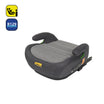
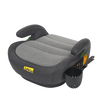
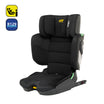
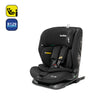
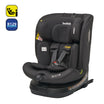
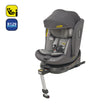
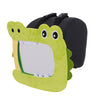
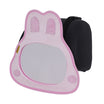
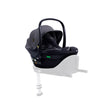
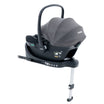
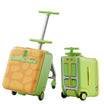
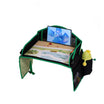
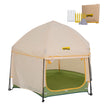
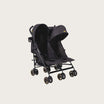
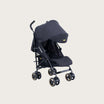
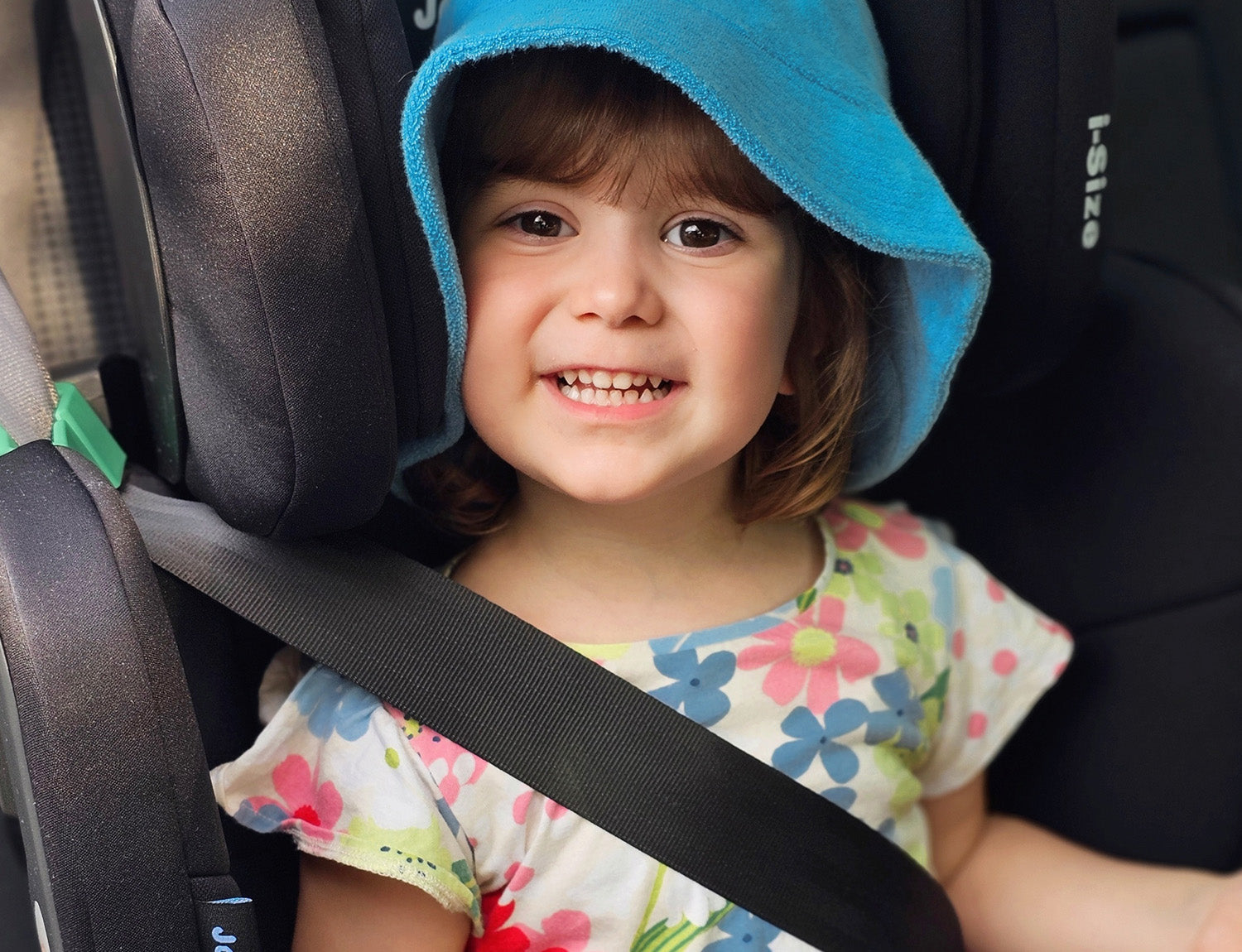

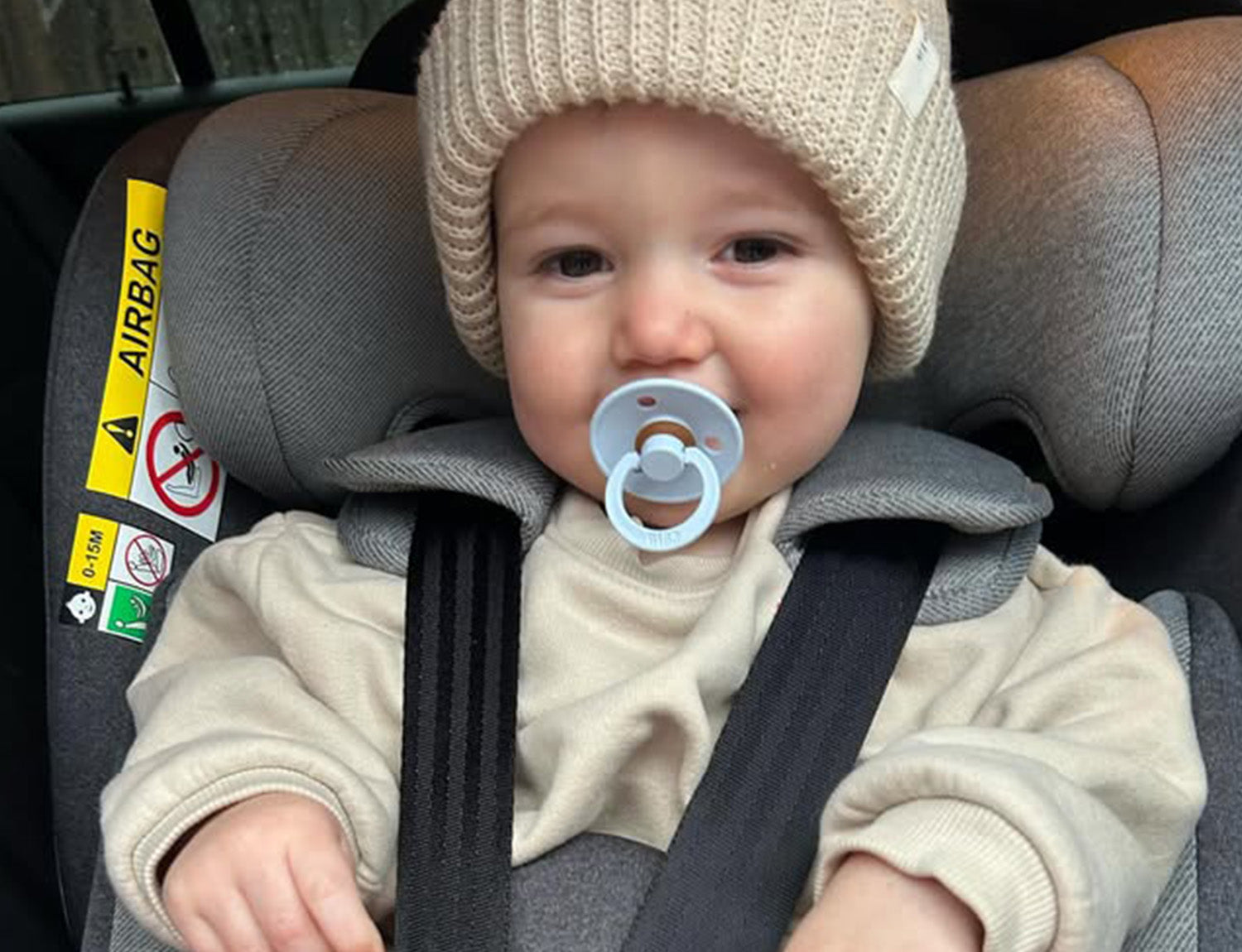
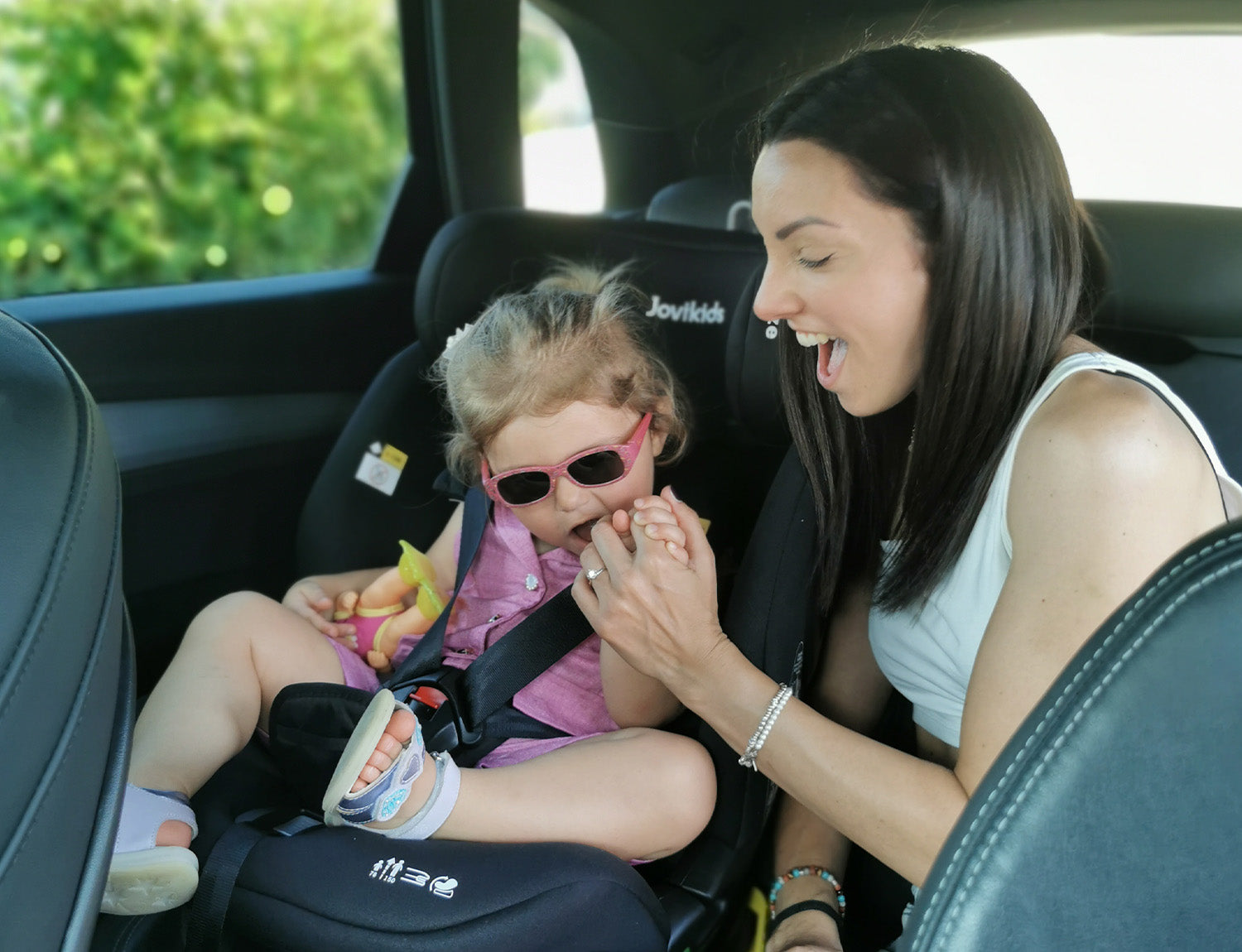





Leave a comment
All comments are moderated before being published.
This site is protected by hCaptcha and the hCaptcha Privacy Policy and Terms of Service apply.